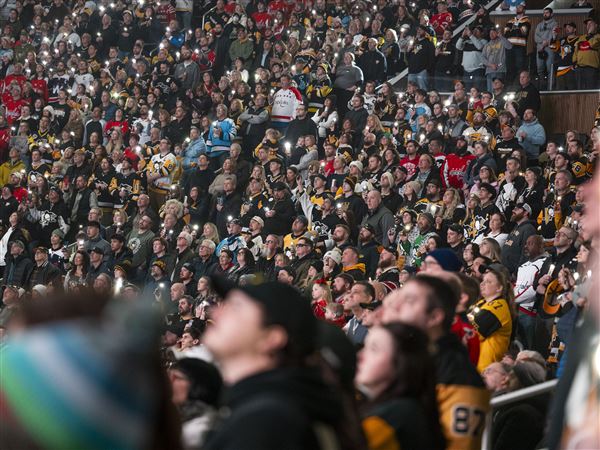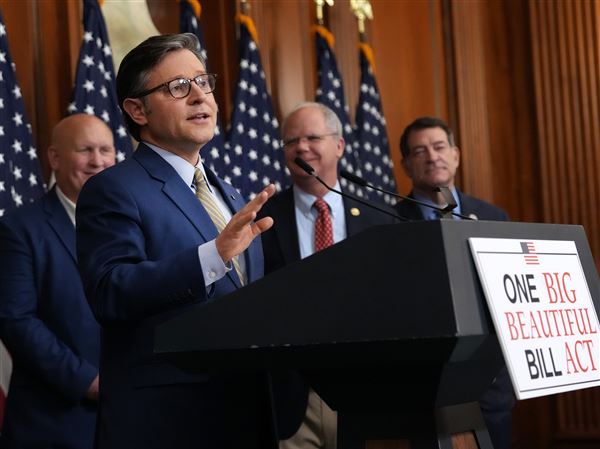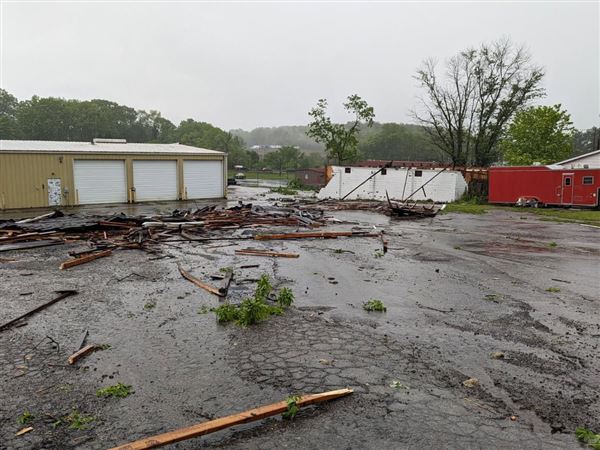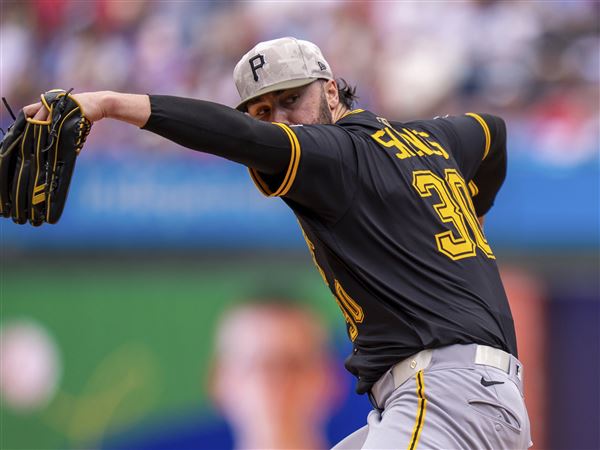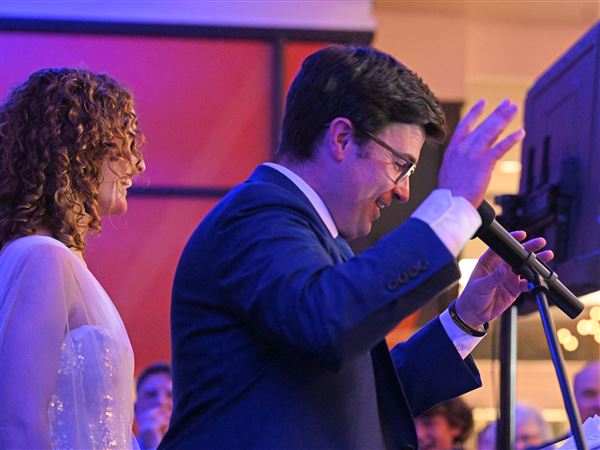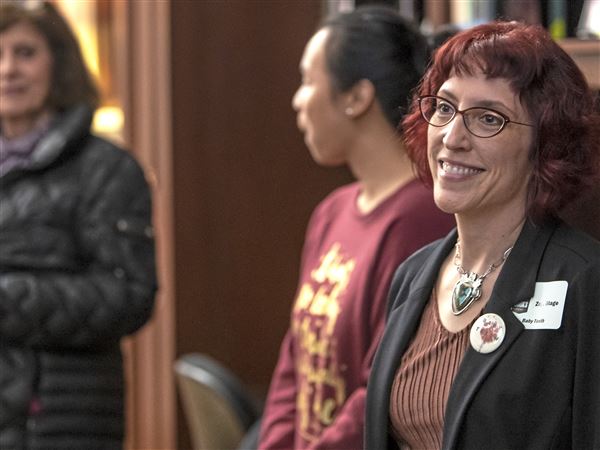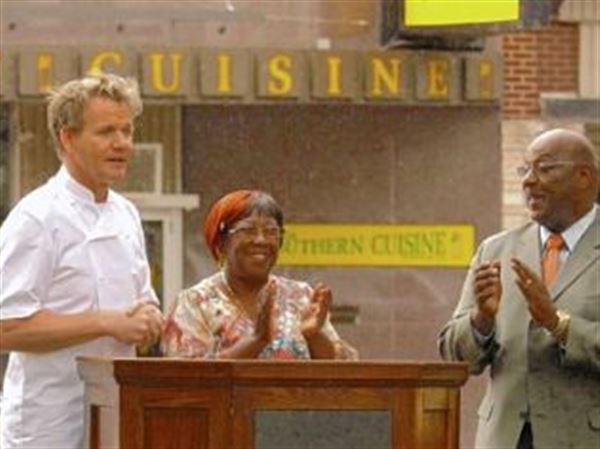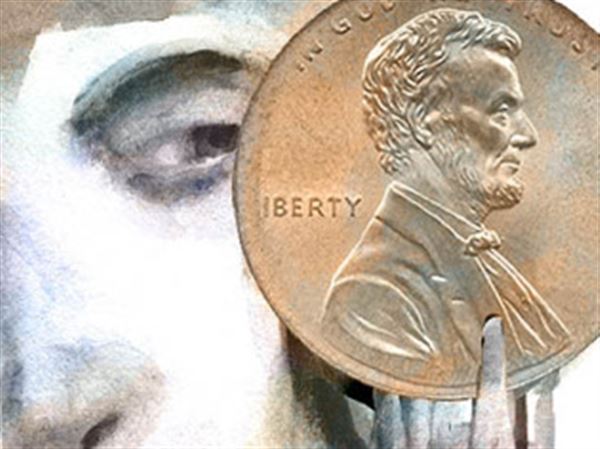Technology and art intersect in Robot 250, a citywide effort to put the spotlight on the region's leadership in robotics technology and the imaginative ways that non-technical people such as artists and the general public are starting to use it.
Robot 250, part of the city's 250th anniversary celebration, kicks off Friday with a two-week series of exhibits and events.
The centerpiece of Robot 250 is BigBots, a collection of 11 robotic sculptures and installations on display at galleries, museums and public spaces around town. All are the creations of locally based artists.
"Pittsburgh is one of the best places in the world for behavioral sculpture because of the confluence of arts schools," says Ian Ingram, BigBots curator and a senior research associate and artist-in-residence at Carnegie Mellon University. "There aren't that many robotic artists in the world."
Robot 250 came out of Carnegie Mellon and its Community Robotics Education and Technology Empowerment (CREATE) Laboratory, which is a hub for both robotics research and arts in the city. The goal of this yearlong initiative was to encourage robot design and building at a grassroots community level, says Robot 250 project director Dennis Bateman. "It seemed like a natural fit with Carnegie Mellon's history and Pittsburgh's history in robotic research."
The CMU lab uses technology in unconventional ways, combining it with creativity and expression. Over the past year, a series of community workshops let kids, families and artists create their own robotic devices, using design packages developed at Carnegie Mellon, to solve or expose problems in their neighborhoods, including safety, pollution and violence. An estimated 580 people took part in the workshops, which were facilitated by Illah Nourbakhsh, an associate professor of robotics at CMU.
People living in technological powerhouses like Pittsburgh should be able to understand and use that technology, Nourbakhsh believes: "It's exciting to see people who haven't used technology in their lives before adopt it and use it. I want people to get the feeling that they can create with technology and use it for their ends. I want people to feel a kind of civic pride."
He cites one workshop participant in Lawrenceville who came up with a sensor device that detected when cars were speeding on her neighborhood streets. "It's a piece of art, but it's also a compelling way of documenting her world," Nourbakhsh says.
About 75 of these community workshop robots will be on display this month during Robot 250 events.
Robot 250 -- funded with approximately $2 million in grants from The Heinz Endowments, The Grable Foundation and The Claude Worthington Benedum Foundation -- may have a life beyond the city's 250th celebration, thanks to a National Science Foundation grant that will allow workshop organizers to evaluate how it worked here and how it can be implemented in other cities.
First Published: July 9, 2008, 8:00 a.m.
